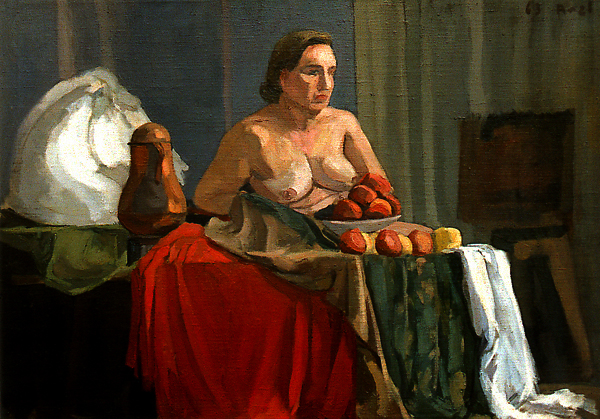
PORTRAITS AND SELF-PORTRAITS SIXTY YEARS OF PORTRAITURE CREATION Jordi Rodríguez-Amat In the portrait, in addition to basically representing the physiological aspect of the individual, there are elements that describe the person according to the vision of the artist. I have maintained and continue to maintain a strong creative activity as a portrait painter. The portrait is for me the way to express my approach to the person represented. The tool that allows me to express my appreciation of the person portrayed. The earliest portraits date from the formative period. Here you will find a selection of the more than one hundred and twenty portraits and self-portraits that I have signed throughout my career. The earliest portraits date back to the early 1960s. Throughout all the years of my artistic creation, my activity as a portrait painter has manifested itself in an irregular way, since in certain periods it has been more productive than in others. Today, I present a selection of many of the portraits and self-portraits made by me throughout my artistic career. Among the portraits, I've made busts, which I'll introduce you to another day. Here you will find portraits in drawing or painting format. In order to enjoy and understand the works, you must follow the explanations that accompany the portraits. |
A |
ANOTHER PORTRAIT OF PEPA

1963 / Pepa / Oil on canvas / 89 cm x 116 cm
PENCIL PORTRAITS
These two portraits have been worked solely on pencil. I stood in front of a mirror. My grandmother put a few hours in front of me. |
|||
Self-portrait / 1963 Pencil on paper / 47 cm x 34 cm |
My grandmother / 1963 Pencil on paper / 47 cm x 34 cm |
|
|
SELF-PORTRAIT MADE WITH PASTELS
Self-portrait / 1963 Soft pastel on paper / 42 cm x 33 cm |
Two basic materials are involved in all types of paint: the binder or adherent and the pigment. In paintings called pastels, the binder is generally the gom arabic. Pigments, to small differences, are the same for all kinds of paintings. Pastel is a technique of so-called dry ones. Today it makes no sense to prepare pastels oneself, since in the market they are of a lot of quality. I had prepared them before. The pastel painting technique consists of the use of colored bars made with powder pigments mixed with the binder. Pastels are applied directly on paper and can be mixed with a paper stumps. Since pastel is a dry technique, once the work is finished, it must be fixed with rosin (colophony) dissolution so that the colors do not disappear from the paper. |
Pastel painting technique
Bars of soft pastel
Tortillons Paper blending stumps |
|
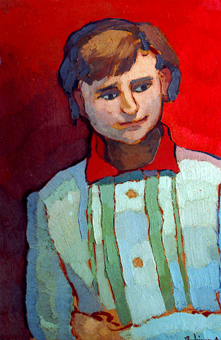
Maria Dolors Duran / 1964
Oil on wooden board / 68 cm x 48 cm
THE PREPARATION OF CANVASES FOR OIL PAINTING
My father was a wall painter and there was also a drugstore at home. From the age of eleven, it was 1956, today would not be allowed, I went in the mornings with my father to work as a wall painter. In the afternoons I went to a drawing and painting school and in the evenings to the School of Master Painters and Decorators. All this meant that from a very young age I became acquainted with painter's materials. I entered the Fine Arts School at the age of fifteen and everything I could learn in the materials class I already knew. Even the professor asked me sometimes things about materials. I explain this to you, since I want to let you know how canvases for oil paintings are prepared. I'll tell you about the painting materials later. The following self-portrait is painted on a canvas prepared by myself. The linen canvas is nailed to the frame with iron nails. Rabbit glue is used to prepare the fabric, which can be found in pennies or in grain. Rabbit glue is a gelatin obtained from the skin and cartilage of the rabbit. Whether in pennies or in grain, it is necessary to leave it in water for almost a day, being ready to use it. It is then heated in the water bath, taking into account that it cannot boil, as it would lose its properties. It is mixed with calcium carbonate and with this preparation several layers are given to the fabric. The former must be more liquid than the latter. |
|---|
Linen fabric |
Frame with the canvas |
Rabbit skin glue |
Rabbit skin glue in grain |
Calcium carbonate |
Preparing the canvas |
|---|
Self-portrait 1964 / Oil on canvas / 100 cm x 81 cm |
SELF-PORTRAIT 1964 Self-portrait is the medium that allows an artist to represent himself. It can be a drawing, a painting, a photograph or a bust among other artistic techniques. The need to manifest oneself through one's own image demands self-portrait from the artist. I have done a good number of self--portraits throughout my artistic career. Different techniques as well as different attitudes towards the plastic principles used in each moment have allowed me to move, also in self-portraits, in more or less figurative, more or less conceptual spaces. I painted this self-portrait at the age of nineteen, in the midst of my training. A self-portrait that manifests all the characteristics of my aesthetics at that time. I did it in front of a mirror, changing it so that it was the right arm that held the brushes and the left the palette. |
|||
JOAN MORA
THE SCULPTOR JOAN MORA 1966 After finishing my studies in Fine Arts and a three-month stay in Paris, there was a change in my work of art. The change that takes place in my work is also manifested in the portraits. This work presents symbolic elements referring to sculpture. The sculptor himself on the right of the painting holds with his left hand a head symbolizing inspiration. The right hand appears in the lower left corner of the painting as if holding a sculpture. In this work, the purely formal elements are harmonized with the symbolic and figurative images.
My friend the sculptor Joan Mora Oil on burlap, glued on wooden board / 100 cm x 139 cm / 1966
Fragment of the portrait of the sculptor Joan Mora The brave brushstroke is one of the features of this portrait. The thickness of the paste on the burlap fabric gives it a texture of great pictorial quality. |
|
The Rodríguez-Amat Foundation maintains a space in the memory of Joan Mora (R.I.P.). Joan Mora and I had studied at the Fine Arts School of Sant Jordi in Barcelona and we maintained a deep friendship. In the spring of 1966, a couple of years after we finished our studies there, we agreed to do a portrait of each other. Over the course of several weeks we sat in front of each other, while exchanging, in order to be able to create the works. More than forty years later, we agreed to exchange the works. The portrait of the sculptor made by me became the property of Joan Mora, while the bust is now my property.
Tribute from the Rodríguez-Amat Foundation to Joan Mora A space of the Foundation Joan Mora passed away in 2017 at the age of 72 |
AMÈLIA
In this 1969 portrait I represented the person in both visions, front and profile. This duality allows the person to be recognized in both facets. Unlike other portraits with realistic features, here I combined figurative elements with shapes that determine the characteristics of the person from my point of view. The artist sees and transmits his personal interpretation of the person portrayed. In this portrait, as in many others, it is for me the way to express my approach to the person represented. The tool that allowed me to express my appreciation for the person portrayed. |
Amèlia / 1969 / Oil on canvas / 146 cm x 114 cm |
|
Amèlia / 1969 Pencil on paper / 66 cm x 47 cm |
Amèlia / 1969 Pencil on paper / 66 cm x 47 cm |
Amèlia / 1970 Pencil on pper / 68 cm x 47 cm |
FATHER, MOTHER AND SON
Self-portrait / 1969 Pencil on paper / 62 cm x 45 cm |
My father / 1971 Pencil on paper / 47 cm x 41 cm |
My mother / 1971 Oil painting sticks on paper / 54 cm x 42 cm |
PORTRAITS MADE WITH OIL PAINTING STICKS
Oil painting sticks are bars composed of pigment and waxy binder (beeswax or paraffin) and damask resin to give consistency. Unlike soft pastels, it is a greasy technique. It is usually worked on paper and the colors can be mixed. Once on the paper, they can be scratched to unify the colors. |
||||
|---|---|---|---|---|
Beeswax. |
Pigments. |
Bars of oil painting sticks. |
||
Jordi / 1985 Oil painting sticks on paper / 70 cm x 50 cm |
Esther / 1985 Oil painting sticks on paper / 70 cm x 50 cm |
Amèlia / 1986 / Oil painting sticks on paper / 65 cm x 50 cm |
Self-portrait / 1986 / Oil painting sticks on paper/ 65 cm x 51 cm |
MY FATHER
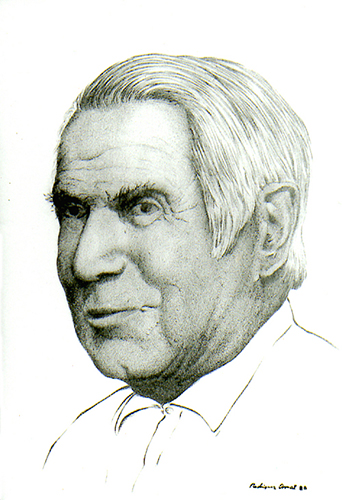
My father / 1988 / Pencil on paper / 51 cm x 35 cm
MY MOTHER
My mother / 1990 Pencil on paper / 70 cm x 53 cm When I made these two portraits of her, my mother was eighty-five years old. |
My mother / 1990 / Oil on canvas / 195 cm x 30 cm |
Here I represented my mother doing a personal interpretation. I must confess that knowing her I embodied those characters of the physiognomy that defined her resemblance. Try to analyze, in the pencil portrait, the characters on his face and try to see them in the painting on the right. Having done my job well, I have to tell you that figurative representation is much easier than the interpretation I made in painting. Shaping the figurative image of the model forces you to observe and analyze the forms, freeing yourself from any kind of interpretation. The model directs you in all shapes and you adapt to it following her guidelines, which makes the portrait much easier. In painting I had to make an analysis of the shapes of the face and look for a configuration that, without being the copy of the face, would allow to express the character of the person. |
|---|
8 graphic studios for my mom.
Chinese ink on wax paper / 32 cm x 23 cm
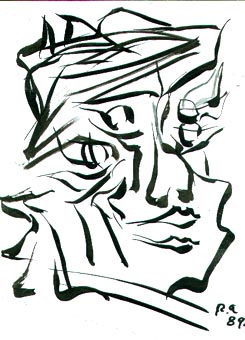 |
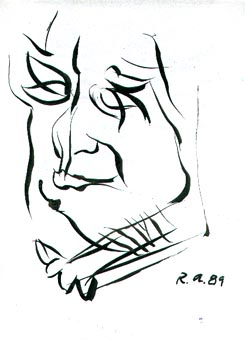 |
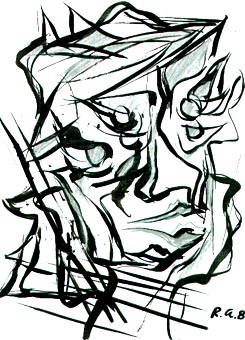 |
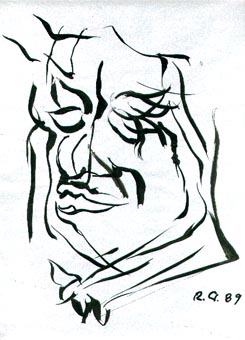 |
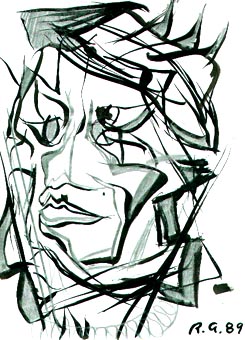 |
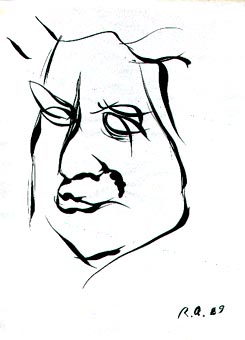 |
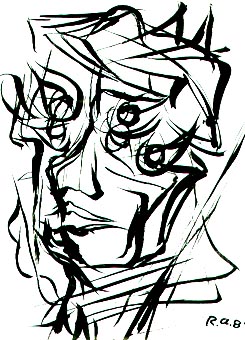 |
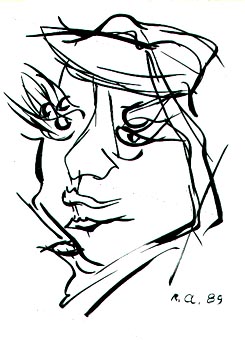 |
EULÀLIA
Let me confess that making a figurative portrait is easy when you have a good job. Obviously, getting a good job is not easy and requires many, many years, as well as the ability to do it. The figurative representation is unique, invariable, and depends only on the technique used. The interpretation depends on many and very different factors: among others, the proximity to the person, the knowledge of his face and the physiological and psychological characteristics of the model. A very important factor is the personal state of the artist at the time of doing the work, the characteristics of his artistic style at that moment, as well as many, many other factors that the artist, reasonably or sensitive, can consider. Here we find a figurative (realistic) pencil portrait and two personal interpretations of the person portrayed. In both paintings there are elements that I considered at the time of making my interpretation. At the moment that the spectator intervenes as an individual, the interpretation depends on him and at no time must it coincides with that of the artist. The artist knows the person, the spectator makes the interpretation from the portrait. This means that viewers' interpretations do not have to coincide, as each viewer as an individual has personal characteristics. |
||||
|---|---|---|---|---|
Eulàlia / 1992 Pencil on paper / 70 cm x 51 cm |
Eulàlia / 1992 Oil on canvas / 195 cm x 130 cm |
Eulàlia / 1992 Oil on canvas / 195 cm x 130 cm |
SELF-PORTRAIT
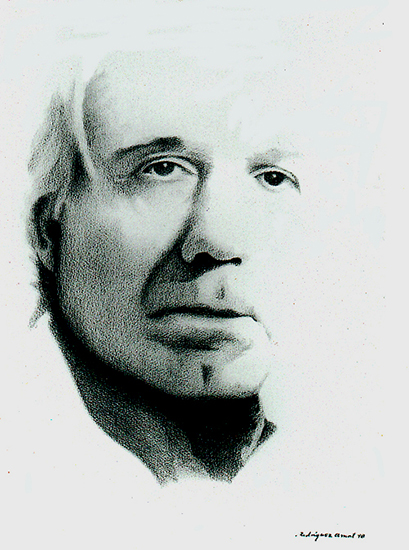
Self-portrait 1998 / Pencil on paper / 76 cm x 58 cm
WORKS DONE WITH ACRYLIC PAINTING
In these two abstract geometric compositions I have introduced two self-portraits as part of the works. As you can see, following all the portraits and the self-portraits, the styles vary according to the years and according to my personal statements as well as my relationship with the person portrayed. The techniques used are very diverse and, in order to be able to express myself freely, I had to have an absolute mastery of the technique used. I painted these two works with acrylic paint. In all techniques the pigments are basically the same. The binder in acrylic paint is latex, a substance that is extracted from the inside of various plants. Today it is also achieved artificially by chemical means. Acrylic is soluble in water, but once dry it is resistant. |
|||
|---|---|---|---|
Self-portraits 1998 / Acrylic on paper / 58 cm x 76 cm
|
Self-portraits 1999 / Acrylic on paper / 70 cm x 100 cm
|
||
PREPARATION OF OIL PAINTS
Oil painting has been the most widely used art technique since the 15th century. It is basically used on fabric or wooden support. Turpentine (turpentine essence) obtained by distilling the resin of some trees is used as a solvent, although today it is obtained as a derivative of oil. Oil Paints have drying properties. I prepared myself the oil paintings. It is not necessary today, as we find some very good ones in the market. I used linseed oil (flaxseed oil). This oil is not transparent and has a yellowish color. To make it completely transparent, I put it in clear glass bottles and placed them on the roof of the house so that the solar radiation would reach the whole solid part and make the oil transparent. Today it is also obtained by chemical means. I prepared the paint by mixing the pigments with the oil. I placed the pigments on a glass, marble or other non-absorbent surface and mixed them with oil with a scraper. Good quality paints depend on pigments. The pigments can be natural, called earth or artificially obtained chemically. The naturals one take different names: ocher, mangrove, etc. Chemical pigments are obtained very differently from each other: the greens from the chlorophyll, reds and yellows, among others, from cadmium, etc. |
|||
|---|---|---|---|
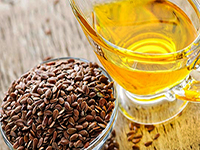 |
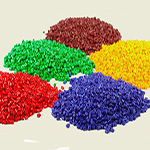 |
||
SELF-PORTRAITS
In order to enjoy and understand the works, you need to follow the explanations that accompany the portraits. I leave it to you to make an interpretation of these two works. Don't be passive and reflect on the values of each of these self-portraits. |
|||
Self-portrait 2004 / Oil on canvas / 162 cm x 130 cm |
Self-portrait 2004 / Oil on canvas / 162 cm x 130 cm |
||
MONTSE
This work is a composition structured on the basis of curved lines broken by straight lines. Curved lines have been used for the figures (curves are human lines), while the much colder straight lines have been used to break and structure the composition at the same time. In order to highlight the figures, black and white have been used with shades of gray. On the contrary, the environment outside the figures has been worked with different dark chromatic colors, blue green and a warm color, red, in order to visually make the figures appear with two cold colors, The figures are made up of four profiles grouped in pairs. While the bodies have the same directional sense, the faces are contrasted with dialogic profiles. |
Montse / 2003 / Oil on canvas / 130 cm x 97 cm |
Montse 2004 Oil on glued fabric on plywood / 22'5 cm x 22'5 cm |
Montse 2004 Oil on glued fabric on plywood / 22'5 cm x 22'5 cm |
Montse 2003 / Oil on canvas / 162 cm x 130 cm |
Montse 2004 / Oil on canvas / 162 cm x 130 cm |
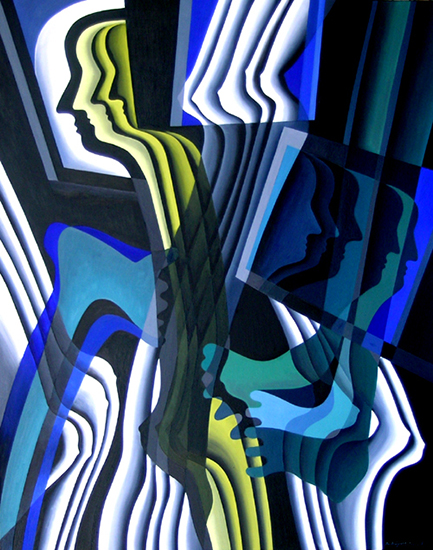
Montse 2003 / Oil on canvas / 162 cm x 130 cm
THE NORTH-CATALAN POET JOAN PERE SUNYER
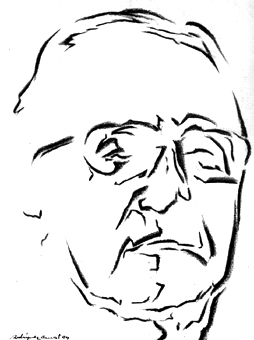 |
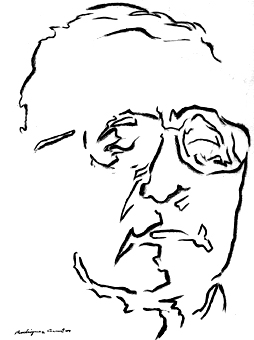 |
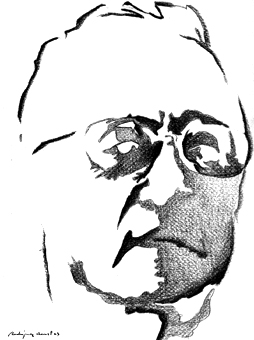 |
||
Joan-Pere Sunyer 2004 / Pencil on paper / 30'5 cm x 23 cm |
||||
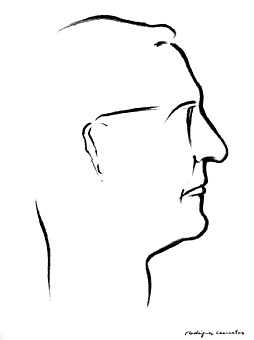 |
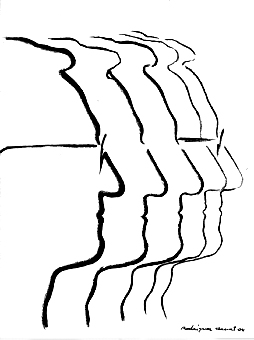 |
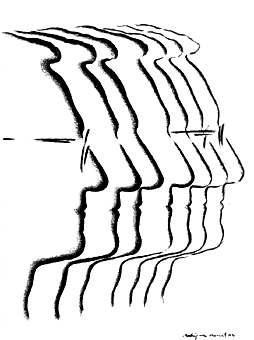 |
||
Joan-Pere Sunyer 2004 / Pencil on paper / 30'5 cm x 23 cm |
||||
LIU WEI (BAO LING)
Liu Wei 2008 / Pencil on paper / 76 cm x 58 cm |
Liu Wei 2008 / Pencil on paper / 76 cm x 58 cm |
||
|
|||
Liu Wei / 2012 / Pencil on paper / 57 cm x 38 cm |
Liu Wei / 2012 / Pencil on paper / 76 cm x 58 cm |
PORTRAIT OF THE COMPOSER AND FRIEND NARCÍS COSTA I VENTURA (R.I.P. August 22, 2021)
I have been a sardana dancer for many years. One day, together with my friend Lluís Castañé and Narcís Costa i Ventura, they commented on the sardana that Narcís had composed and named Lluís, in a thoughtless way it came out of my heart: I want one too. Narcís didn't say anything and after a couple of years, dancing sardanas in the small town of Vilopriu, I half-jokingly asked him: Narcís, how do I have my sardana. You can imagine my surprise filled with great satisfaction when he said: I have it ready. This is how its premiere took place on May 13, 2012. Friend Narcis: Thank you very much. Jordi Rodríguez-Amat |
The sardana named the Rodríguez-Amat Foundation
Narcís Costa i Ventura
Sardana dedicated to Jordi Rodríguez-Amat and especially to the Rodríguez-Amat Foundation.
To the composer and friend Narcís Costa i Ventura. May 2012 Jordi Rodríguez-Amat |
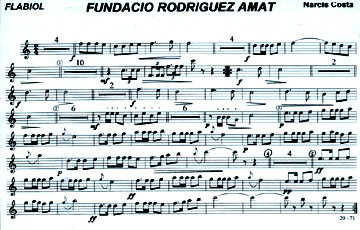
El flabiol |
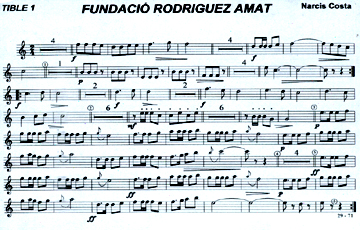
El tible 1 |
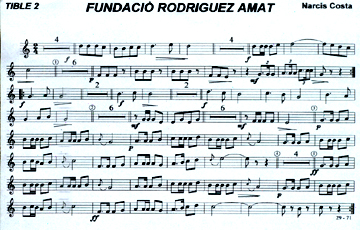
El tible 2 |
|
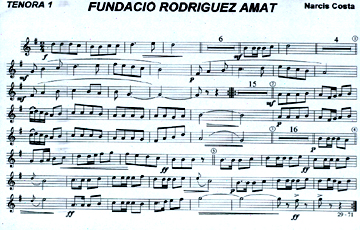
La tenora 1 |
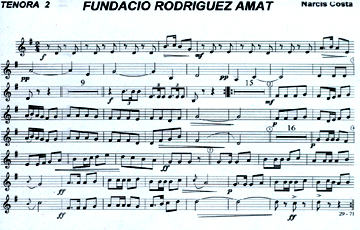
La tenora 2 |
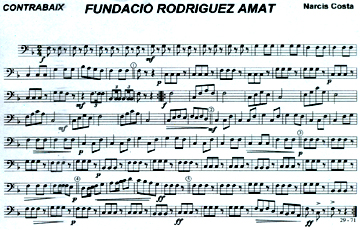
El contrabaix |
||
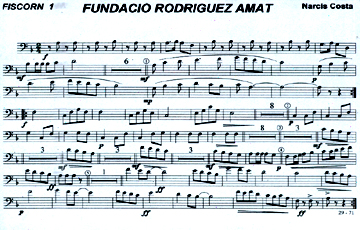
El fiscorn 1 |
El fiscorn 2 |
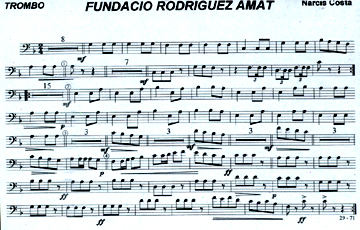
El trombo |
||
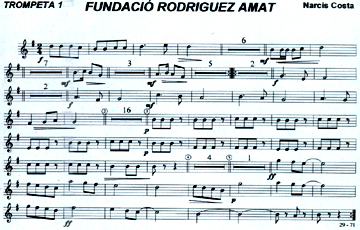
La trompeta |
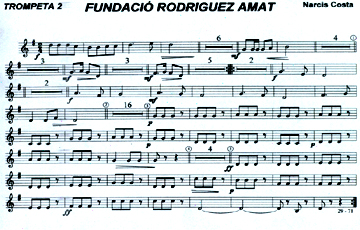
La trompeta 2 |
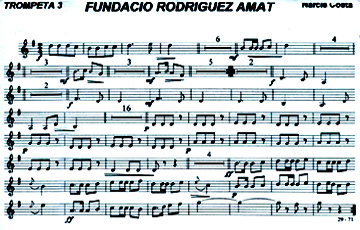
La trompeta 3 |
To listen to the sardana click on the top of ::
![]() Sardana,
The Rodríguez-Amat Foundation
Sardana,
The Rodríguez-Amat Foundation
TWO PORTRAITS MADE TO ORDER
|
|||
|---|---|---|---|
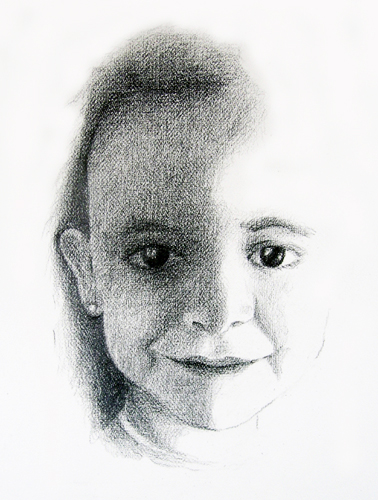 |
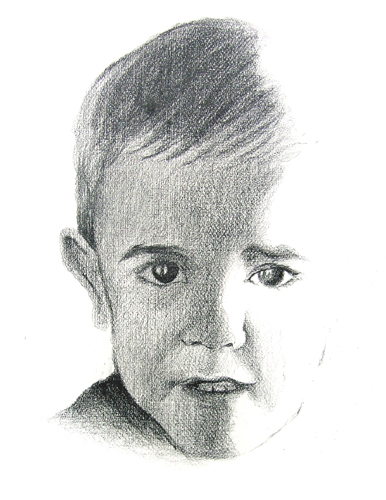 |
||
JOAN FUGUET
These three portraits were made for the study of the bust I made of Joan Fuguet. On another occasion I will present the busts of my creation as a portraitist. |
||||
|---|---|---|---|---|
Joan Fuguet / 2013 Pencil on paper / 76 cm x 56 cm |
Joan Fuguet / 2013 Pencil on paper / 45 cm x 30 cm |
Joan Fuguet / 2013 Pencil on paper / 76 cm x 56 cm |
||
SELF-PORTRAITS
 |
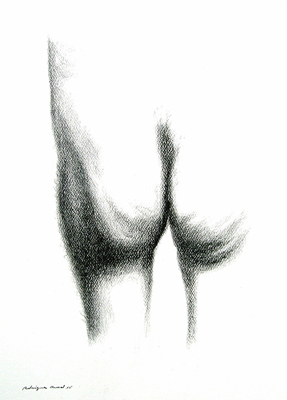 |
Self-portraits, front and back. / 2015 / Pencil on paper / 72 cm x 50 cm |
|
SAMUEL ARDERIU
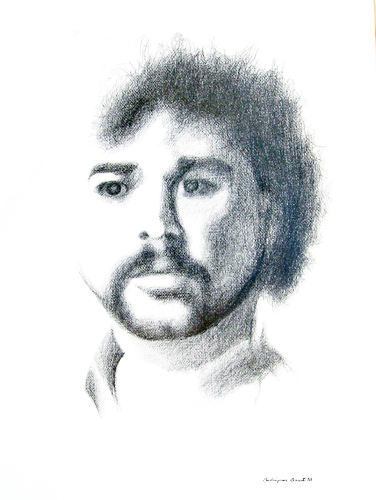
Samuel Arderiu / 2015 / Pencil on paper
SENTO MASIÀ
Tribute from Jordi Rodríguez-Amat to his good friend and great artist Sento Masià.
Portrait made in public at the homage ceremony as the adopted son of Sento Masià in the city of Molins de Rei. On Friday, June 9, 2017, a tribute was paid to a very good friend of mine and a great painter, Sento Masià. The city of Molins de Rei made him his adopted son. During the adoption ceremony, I was portraying him in front of the audience. At the end of the ceremony, the finished portrait was given to Sento Masià. Due to time constraints, I decided to do some charcoal work. These photographs represent different preparatory studies and moments of the event. In addition to the portrait of Sento Masià, on the right side of a 70 cm x 100 cm piece of paper I drew shapes that matched my friend’s portrait. Sento left us because of the corona virus in 2020 at the beginning of the pandemic. |
Preparatory studies of the portrait of Sento Masià made in my workshop.
Pencil on paper. |
Watercolor and charcoal on paper / 70 cm x 100 cm |
|---|
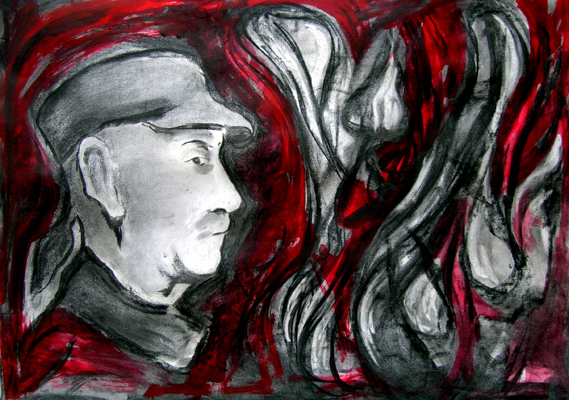
Watercolor and charcoal on paper / 70 cm x 100 cm
Preparatory study of the portrait of Sento Masià made in my workshop
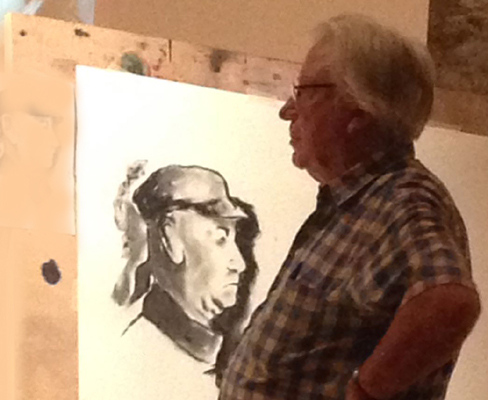
Making the portrait in front of the public during the act of homage.
The finished portrait is dedicated to the good friend and great artist Sento Masià. To my friend Sento, Sento Masià. Rodríguez-Amat / June 2017 |
Moment of delivering the portrait to Sento Masià. |
|---|
PAU LLENSA
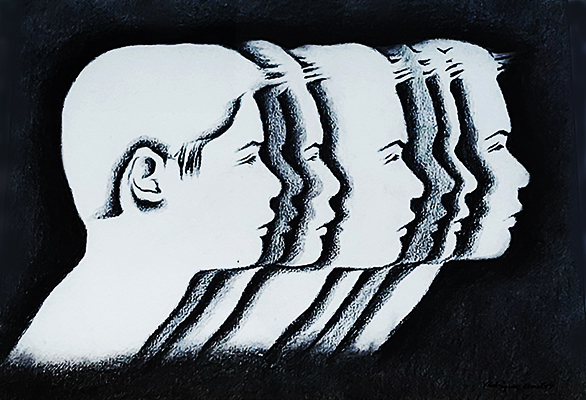
Pau Llensa (Tenor) / Pencil on paper / 2019 / 39 cm x 54 cm
Finally, I present one of my latest self-portraits in photo format / 2021
|
|---|
Retrats made with pencil |
|---|
![]()
Finally, I have decided to put up for sale the works from my portraits and self-portraits. If you are interested, contact me.
Cellphone: (34) 697 76 18 74.
centre-art@rodriguez-amat.cat
![]()
To the Rodriguez-Amat center for contemporary art |
||||
|---|---|---|---|---|
You can visit, between the beginning of April and the end of October, without any kind of commitment, the Rodríguez-Amat Contemporary Art Center and I, personally, give all kinds of explanations. I speak English. Need to make an appointment: Cellphone: (34) 697 76 18 74. Webmaster: Jordi Rodriguez-Amat |
||||